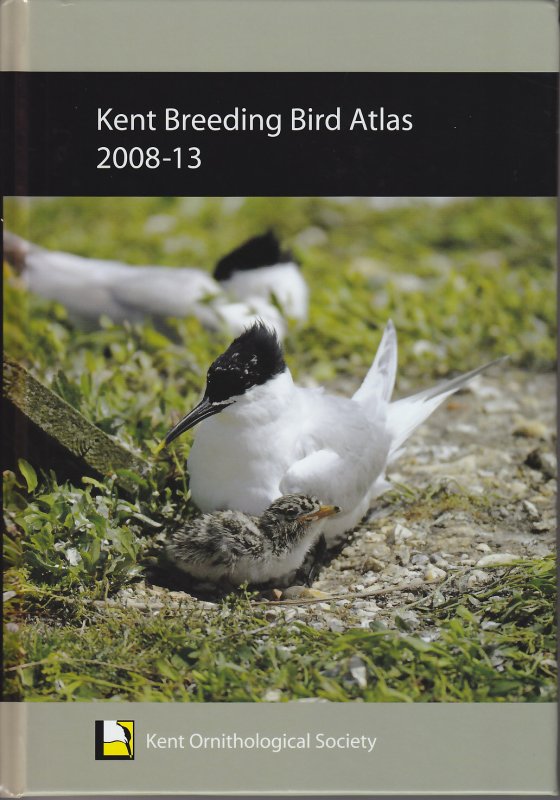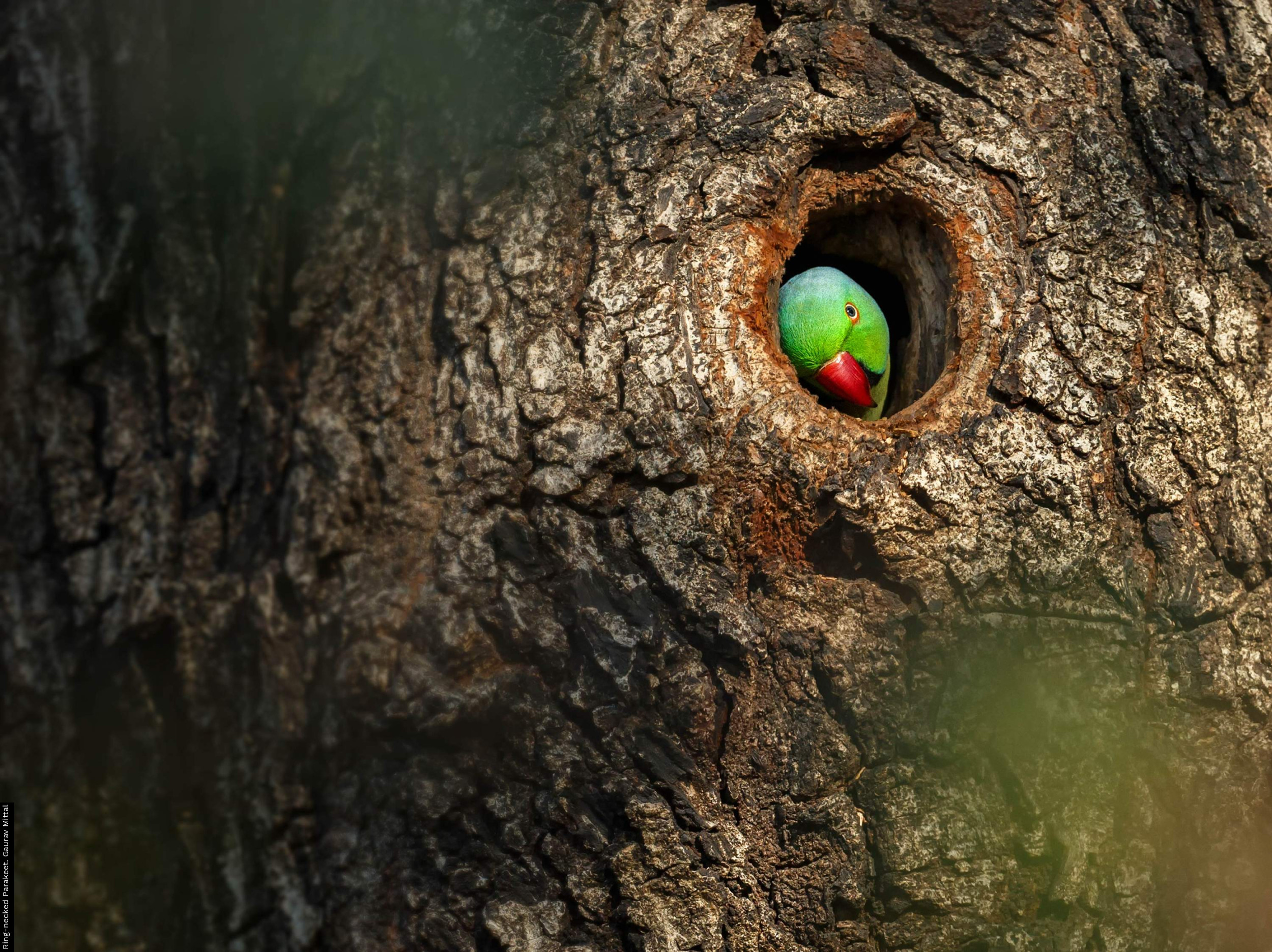
Publisher: Kent Ornithological Society
Publication Year: 2015
Binding: Hardback
Page Count: 216
ISBN Number: 978-0-9565670-5-5
Price: £ 22.50
Kent Breeding Atlas 2008-13
This book bucks the trend for large and heavy county atlas tomes. With 216 pages and weighing just 812g, this roughly B5-sized book is easy in the hand. Don’t be deceived by the small size; the atlas is still packed with information that is well presented, intuitive and well written.
The atlas presents the breeding season results from the BTO/Kent Ornithological Society (KOS) fieldwork, which was extended into 2013 – taking it beyond the final field season of the national survey – to fill some gaps in coverage. The book adopts a similar methodological approach to Kent’s previous county atlas but with greater emphasis on population estimates and reflecting the growing use of such statistics at the national level.
The book begins with a useful overview of the changes seen since the previous atlas, grouping the species into colonists, introductions, irregular breeders, species that have suffered a significant decline and those that have been lost from the county altogether. Each of these groups is reviewed and common patterns teased out. These sections include useful detail on losses and arrivals, with dates and locations, together with a neat figure presenting the timeline of these across species. We learn, for example, of the arrival of Fulmar in 1996 and of Purple Heron in 2010, as well as the loss of Willow Tit – last recorded breeding in the county at Tudeley Woods in 2006.
Following on from this overview is a series of features on some of the key areas within the county for birds, such as the Hoo Peninsula and the Isle of Sheppey. Also included within this section is an essay on the changes within Kent’s agricultural landscape since 1975. It is the only habitat treated in this way but then Kent is the garden of England.
The bulk of the book is taken up with the species accounts, each of which follows a standard template, beginning with a large map of the county showing the breeding distribution of the species and the change in this distribution since the previous atlas. The map uses six symbols to achieve this: larger dots to signify probable or confirmed breeding and smaller dots to signify possible breeding. Each of these is then coloured either red, green or grey – with red denoting a record only from the previous atlas and green only from the new atlas fieldwork. This leaves the grey dots to signify records for the tetrad from both atlases. Aside from the issue of presenting red and green on the same map, this approach does make it difficult on occasion to determine the current breeding distribution (green plus grey dots). This is because the grey does not stand out nearly as well as either the red or green. Many of the local atlases being produced now feature abundance information, which is lacking here; inclusion of such information would be helpful for species that are widespread across the county and whose maps are dominated by grey dots. Virtually every species has a map, the exceptions being those considered rare and vulnerable to disturbance (like Honey Buzzard, Marsh Warbler and Black-necked Grebe), although oddly Ruddy Duck is included among these.
The maps are then followed by a table that places the information from Kent into a wider context. Presented within this table is information on the population estimates from the two most recent Kent atlases, together with the Kent Red Data Book status, the Birds of Conservation Concern Status and the BBS trend for England. Also included is the APEP population estimate at the national (GB) level. The Kent RDB and BOCC fields are colour-filled to reflect the status, a useful addition that works well.
Each species account includes a 180 to 300 word text account, which introduces the species, discusses its historical and current status, before highlighting reasons behind any change and future prospects. These are well-written, concise and accessible, without feeling repetitive. A final section of the book mops up those species that are either irregular breeders, largely not recorded during the atlas fieldwork, or introduced (e.g. Indian Peafowl). Included within these is Red Kite, although it is a fair certainty that the species will get a full account in the next atlas.
One of the most interesting things about this atlas, and something the authors flag up in their introduction, is the speed of change seen over the last 20 years. The loss of Wood Warbler, Golden Oriole and Willow Tit, the arrival of Little Egret and Purple Heron, coupled with the recolonisation of Raven and Peregrine underline that we are seeing a significant change in Kent’s avifauna. This is something that is captured well by this atlas and the authors should be very proud of their achievement. I’d recommend this atlas for anyone who lives or birds in Kent.
Book reviewed by Mike Toms
buy this book





Share this page